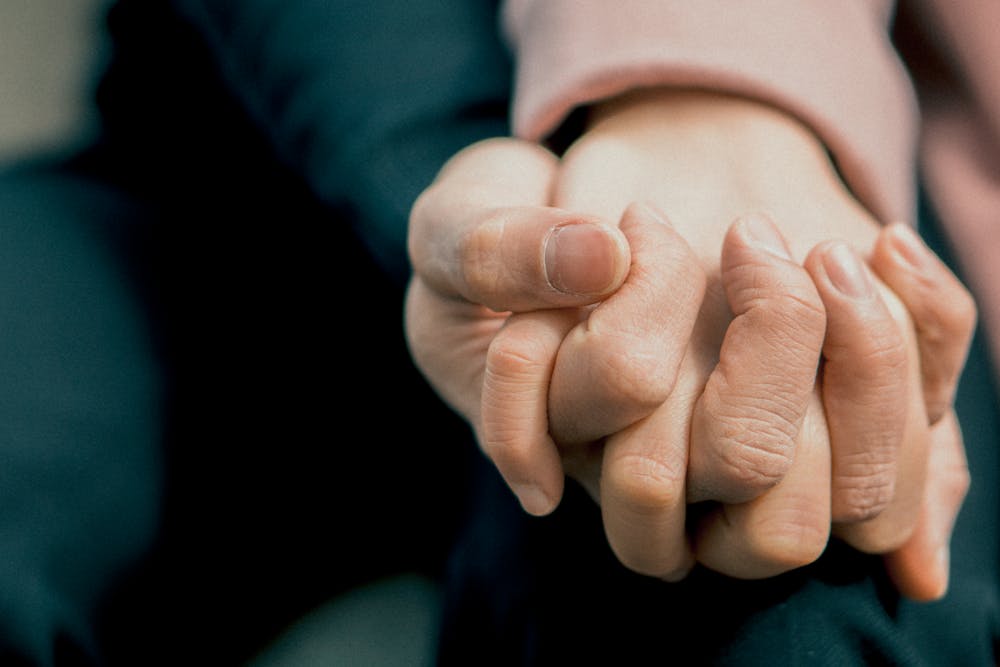Leaving an abusive relationship, a trafficking environment, or an unsafe institution is an act of incredible courage. It’s also often just the beginning. Survivors may continue to face risks even after they’ve physically separated themselves from harm. That’s why having a safety plan is so important.
A safety plan is a personalized roadmap that helps you stay as safe as possible as you rebuild your life. It doesn’t have to be complicated, and it will look different for every survivor. The goal is to think ahead, prepare for potential risks, and give yourself tools and support you can lean on.
Here are some steps to help you create a safety plan after leaving an abusive situation.
Secure a Safe Place to Stay
Whether you’re with trusted friends, family, or at a confidential shelter, having a safe and stable place to stay is the foundation of your safety plan. If you don’t have a safe place lined up, organizations and hotlines can help connect you with emergency housing. If possible, try to find housing that is not easily accessible to the person or institution that harmed you. Changing locks, using security systems, or moving to a new location may all be part of creating a safe environment.
Protect Your Privacy
Abusers may attempt to track or contact you after you leave. Taking these steps can protect your privacy and make it harder for them to find or intimidate you:
- Phone safety: consider getting a new phone number or using call-blocking apps.
- Online security: update your passwords, review your social media privacy settings, and avoid sharing your location online.
- Mail and records: a P.O. box or mail forwarding service can prevent your abuser from finding your address through mail.
Build a Support Network
You don’t have to do this alone. Surrounding yourself with supportive people can help you stay safe and emotionally steady. Bring in a large support network that includes:
- Trusted allies: friends, family, and mentors who believe you and respect your boundaries can be a lifeline.
- Professional support: counselors, survivor advocates, and support groups can provide practical help and emotional care.
- Emergency contacts: share your situation with a few people you trust completely so they know how to help if you’re in danger.
Plan for Emergencies
Even after leaving, threats may still arise. Having an emergency plan can help you act quickly if needed. Some things to consider include:
- Code words: create a code word with friends or family that signals you need immediate help.
- Escape routes: if you’re at home, know multiple exits you can use if you need to leave quickly.
- Important items: keep copies of IDs, important documents, medications, and a small amount of cash in a safe and accessible place.
Safeguard Your Finances
Financial control is a common tool of abuse. Taking steps toward independence can protect you and help you rebuild. When it comes to your finances, consider:
- Separate accounts: if possible, open a bank account in your name only.
- Credit protection: monitor your credit report to ensure no accounts have been opened without your consent.
- Financial aid: look for survivor-focused resources that provide financial assistance during transitions.
Prioritize Your Emotional Safety
It’s understandable that abuse can impact your emotional well-being. Healing takes time, and part of your safety plan should include practices that support your mental health. Take time for yourself through:
- Therapy or counseling: working with a trauma-informed therapist can help you process emotions and build coping strategies.
- Daily self-care: simple practices like journaling, breathing exercises, or short walks can help restore a sense of control.
- Support groups: connecting with other survivors can ease feelings of isolation and remind you that you’re not alone.
Consider Legal Protections
Legal options can be a vital part of your safety plan. Depending on your situation, you may be able to obtain a restraining order or order of protection to keep an abuser from contacting or approaching you. You can also report violations of the law if your abuser continues to harass or harm you.
Tailor the Plan to Your Needs
There is no “one-size-fits-all” safety plan. Your needs are unique, and your plan should reflect that. Some survivors focus on physical safety, while others prioritize emotional healing or legal protections. Adjust your plan as your circumstances change and as you feel stronger.
You Don’t Have to Do This Alone
Creating a safety plan is about taking back your power step by step, at your own pace. Every action you take to protect yourself and build stability is a powerful declaration: I deserve to be safe. I deserve to heal. Remember, safety isn’t only about today. It’s also about your future. For many survivors, that includes exploring legal help. Holding abusers and the institutions that enabled them accountable through the legal system can provide financial resources for healing, prevent further harm to others, and give you a sense of justice.
At Stronger Than, we are here to connect survivors with compassionate, trauma-informed legal professionals who understand the sensitivity of these cases. You never have to walk this road alone. Remember that support, resources, and justice are within reach.


